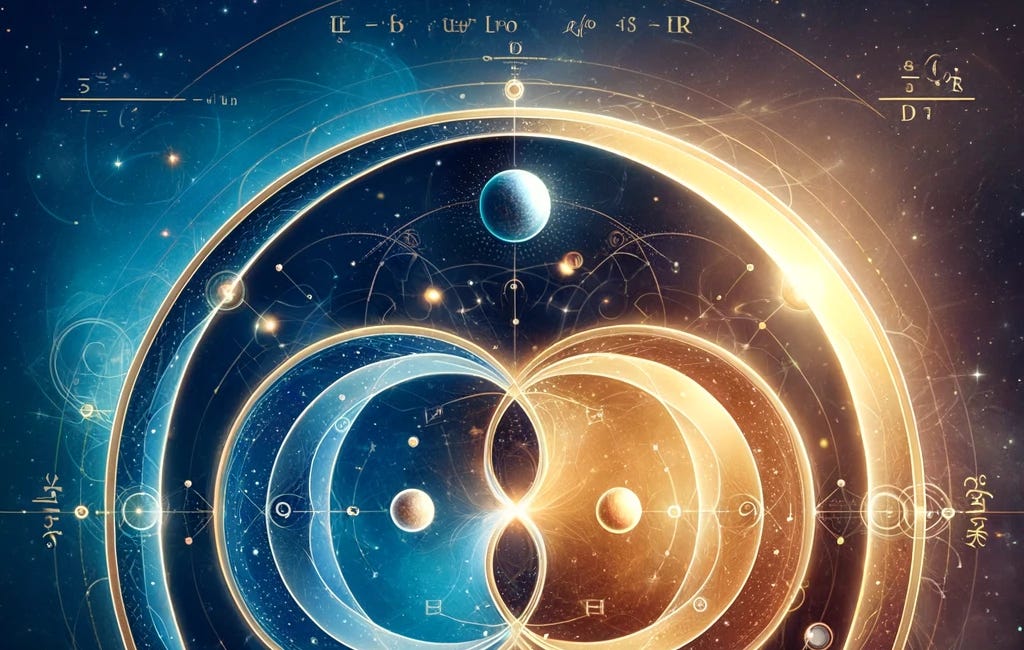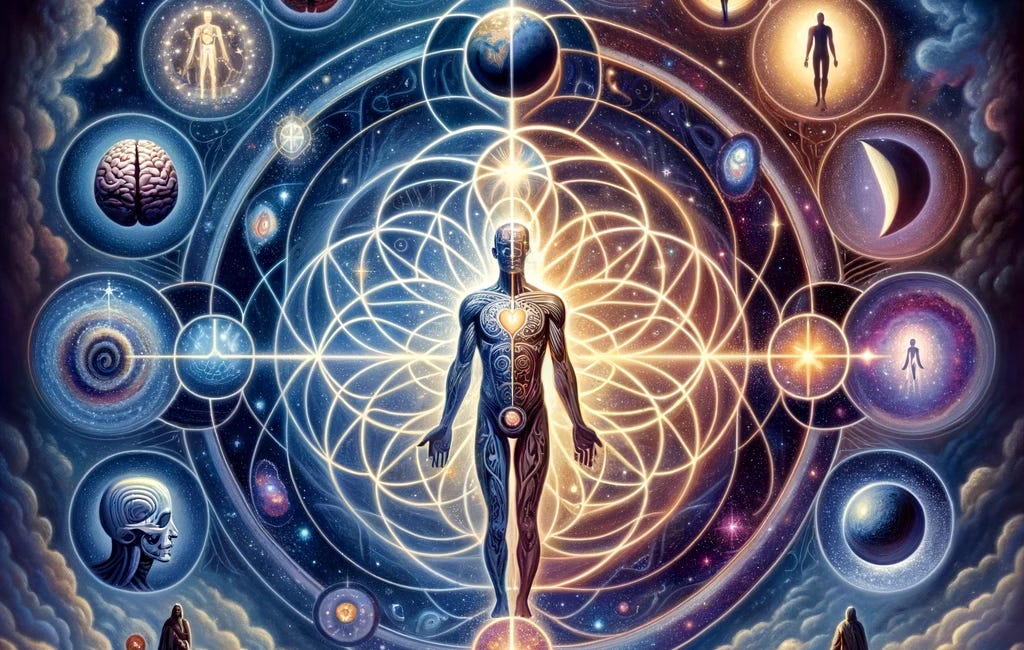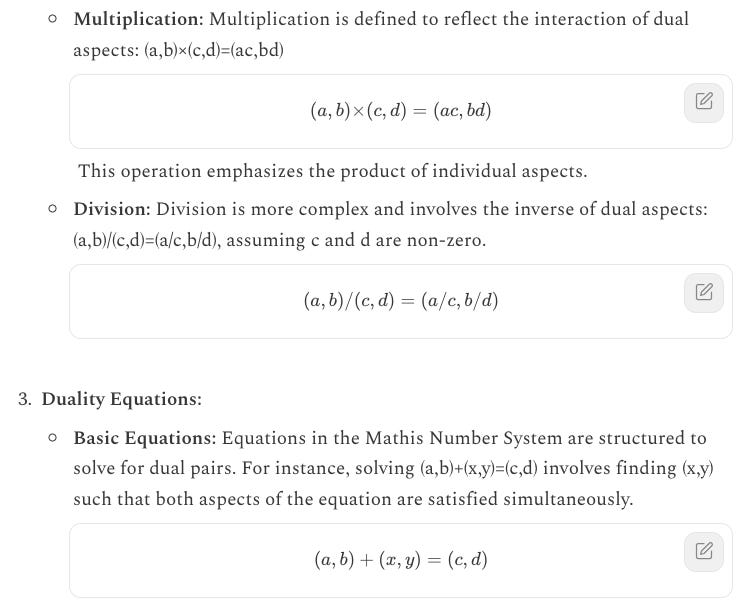Understanding Electricity within the Unified Theory of Duality (UTD) and the Mathis Number System (MNS)
Electricity, a fundamental force in nature, can be reinterpreted within the frameworks of the Unified Theory of Duality (UTD) and the Mathis Number System (MNS). By integrating these theories, we can explore the dual properties, harmonic relationships, and interconnectedness that define the nature of electricity.
The Nature of Electricity in Traditional Physics
Basic Definition:
Electricity is the presence and flow of electric charge, often carried by electrons through a conductor.
It manifests in two primary forms: static electricity (stationary charges) and current electricity (moving charges).
Key Concepts:
Voltage (V): The electric potential difference between two points.
Current (I): The flow of electric charge, measured in amperes (A).
Resistance (R): The opposition to the flow of current, measured in ohms (Ω).
UTD Perspective on Electricity
Dual Nature of Electricity:
Charge and Flow: UTD emphasizes the dual nature of electricity as both a stationary (static electricity) and a dynamic (current electricity) phenomenon.
Interconnected Variables: Voltage, current, and resistance are interconnected aspects that maintain the harmonic balance of electric circuits.
Harmonic Relationships:
Resonance: Electric phenomena can be viewed as harmonic oscillations, where electric fields and currents resonate to maintain stability and efficiency.
Dynamic Equilibrium: The flow of electricity in a circuit represents a dynamic equilibrium, balancing the potential difference (voltage) with the opposition (resistance) to produce a stable current.
MNS Perspective on Electricity
Harmonic Quantization:
Discrete Units: The Mathis Number System provides a framework for understanding the quantization of electric charge in discrete harmonic units.
Dual Properties: Voltage and current can be seen as dual properties that interact harmoniously within an electric circuit.
Mathematical Framework:
Ohm's Law in Harmonic Form:
\(V=IR\)where V is voltage, I is current, and R is resistance.
Harmonic Relationships:
Voltage (V) and current (I) can be expressed in terms of their harmonic properties.
Define a harmonic factor (H) to describe the relationship:
- \(H= I V =R\)
H represents the harmonic opposition (resistance).
Energy and Power:
Electrical energy (E) and power (P) can be described using harmonic principles:
\(E=V×Q \)\(P=V×I\)where Q is the electric charge.
Practical Implications
1. Efficient Energy Transfer:
Harmonic Circuits: Design electric circuits that optimize harmonic relationships between voltage, current, and resistance to maximize energy efficiency and minimize loss.
2. Quantum Electronics:
Quantum Coherence: Apply the principles of quantum coherence to develop electronic components that maintain stable and efficient current flow at the quantum level.
3. Advanced Materials:
Superconductors: Develop materials with near-zero resistance by understanding and leveraging the harmonic interactions between electric charge carriers.
4. Renewable Energy:
Energy Harvesting: Enhance the efficiency of renewable energy systems, such as solar panels and wind turbines, by optimizing the harmonic interactions within their electrical components.
Integrating Electricity into the New Cosmology
1. Unified Constants:
Planck's Constant: Explore the role of Planck's constant in quantizing electric charge and energy, ensuring coherent and stable electric phenomena.
Other Constants: Investigate how other physical constants interact harmoniously with electric variables to maintain the stability of electric circuits.
2. Aether and Electric Fields:
Harmonic Medium: Aether is envisioned as a medium that facilitates the harmonic transmission of electric fields and currents.
Energy Transfer: Study how Aether influences the efficiency of energy transfer in electric systems, promoting coherence and minimizing loss.
3. Bioelectric Field:
Biological Electricity: Understand how the bioelectric field in living organisms is maintained through harmonic interactions of electric charges, facilitating coherent physiological processes.
Health Applications: Develop technologies that enhance health by optimizing the harmonic balance of the bioelectric field.
Summary
By integrating electricity within the frameworks of the Unified Theory of Duality (UTD) and the Mathis Number System (MNS), we gain a deeper understanding of its dual properties, harmonic relationships, and interconnectedness. This approach offers practical applications in energy transfer, quantum electronics, advanced materials, and renewable energy. It also highlights the role of Aether and the bioelectric field in maintaining the coherence and efficiency of electric phenomena.
Unified Theory of Duality
In every interaction, in every particle, in every force, there exists a dual nature. This duality is not a division but a union, a harmonious interplay that defines the essence of reality. Introduction Dr. Theo Mathis's Unified Theory of Duality proposes that all fundamental forces, particles, and interactions in the universe can be understood as dual ent…
Mankind in the Unified Theory of Duality
In the pursuit of progress, we must harmonize our material achievements with our spiritual growth. True fulfillment arises from balancing the tangible with the transcendent. In Dr. Theo Mathis’s Unified Theory of Duality, mankind is viewed as a complex interplay of dualities that encompass physical, mental, emotional, and spiritual dimensions. This persp…
The Mathis Number System: An Exploration
Introduction The Mathis Number System is an alternative mathematical framework developed by Dr. Theo Mathis to incorporate the principles of duality. This system redefines traditional mathematical concepts by viewing numbers and operations through the lens of duality, offering innovative approaches to solving complex problems. Here's an exploration of it…





